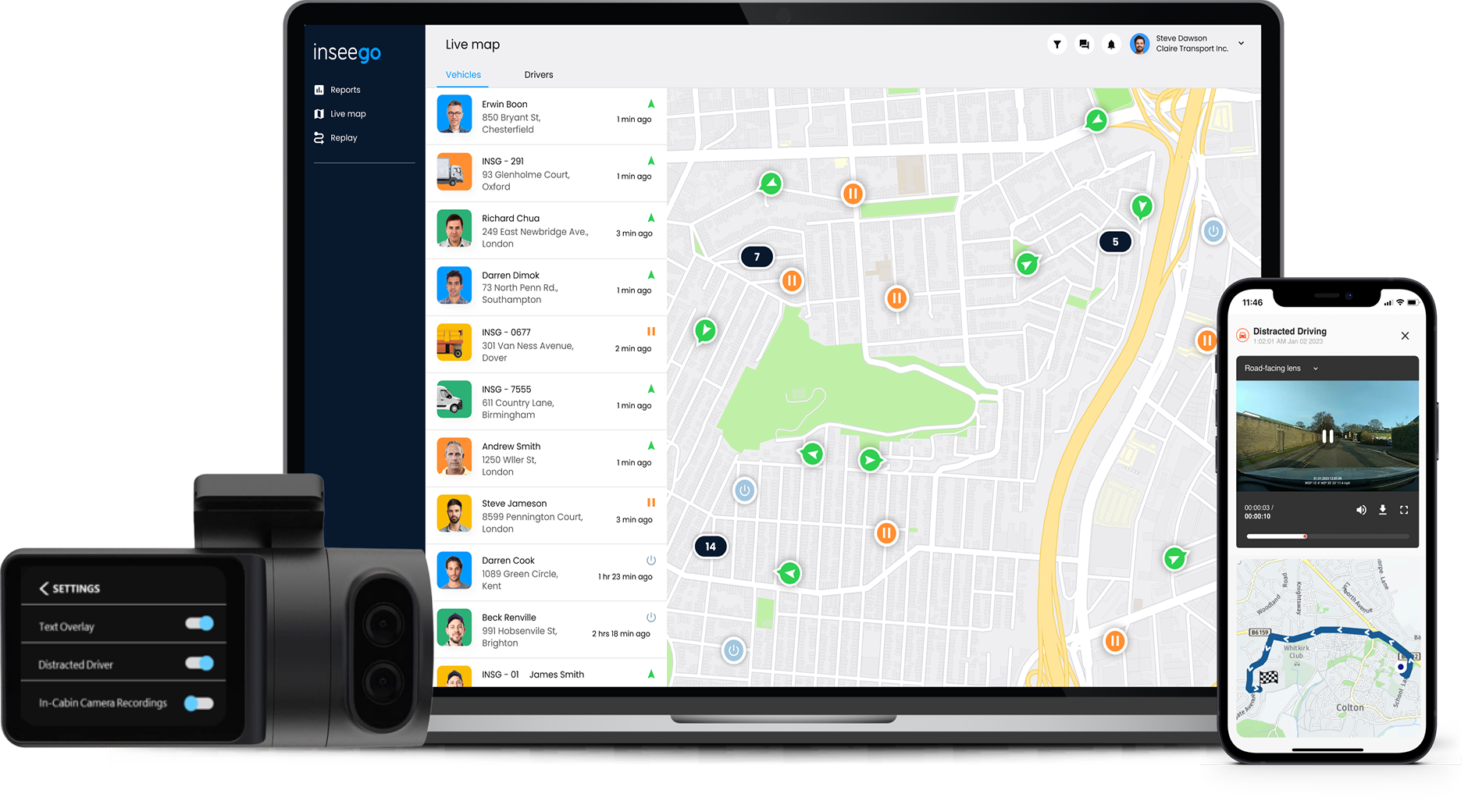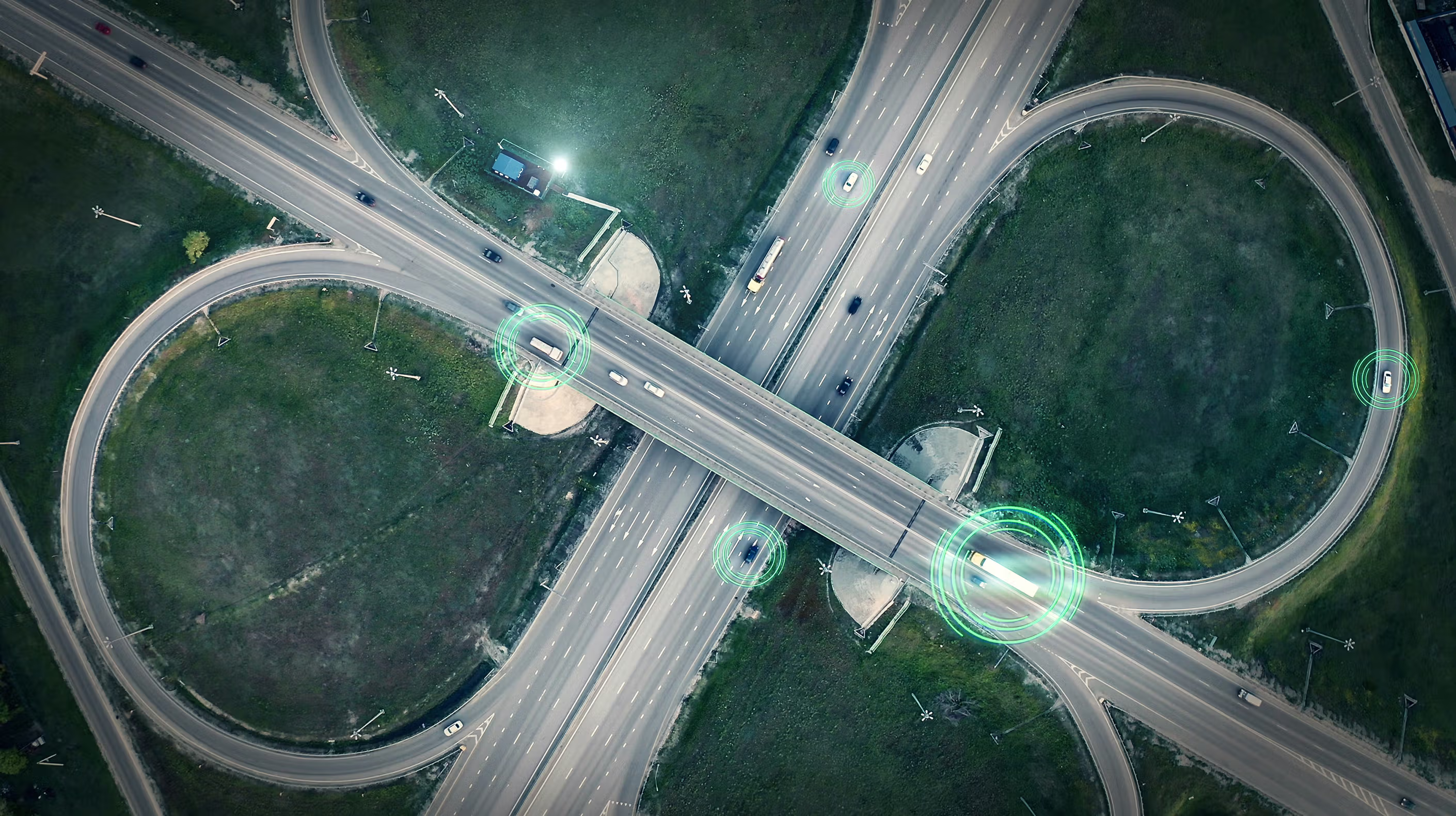More from the fleet glossary
View all fleet glossary entriesWhat is an HGV?
A Heavy Goods Vehicle (HGV) is a classification for a large truck, the term common across the European Union (EU). HGV drivers need an HGV licence, which is a Category C driving licence, allowing trucks with a gross vehicle weight over 3.5 tonnes (but less than 7.5 tonnes) to be driven.
The term HGV is actually an older term; the new term is Large Goods Vehicle (LGV) which is now the standard across the EU. This is not to be confused with light goods vehicles.
Lorry drivers, and drivers of other commercial vehicles including tippers and haulage lorries, need to make sure they have the correct licence.
If you are currently considering HGV driving, current vacancies and driver shortages make it an ideal time to look at HGV training, for either of the different categories available, such as HGV Class 1 or HGV Class 2.
HGV Class 1 is for Category C+E vehicles, which are articulated lorries, or artics, pulling trailers (with a drawbar). These HGV lorries are normally for long haul transportation, and work longer national or international routes.
HGV Class 2 is just for Category C lorries, also known as rigid vehicles. These can be lorries such as flatbeds with drop sides, tippers and fire engines.
There are commercial driver training schools that help with both the theory test and driving tests. These training providers often help drivers to maintain their Driver Certificate of Professional Competence (Driver CPC).
ADR driving tests are required for HGV lorry drivers who want to drive heavy goods vehicles transporting hazardous goods.
For drivers who pass the training course and successfully complete the practical test with a qualified examiner for their LGV lorry licence then have entitlement to drive a Category C vehicle, in one of the many industries that have a demand for HGV/LGV lorry drivers, including the logistics industry.





